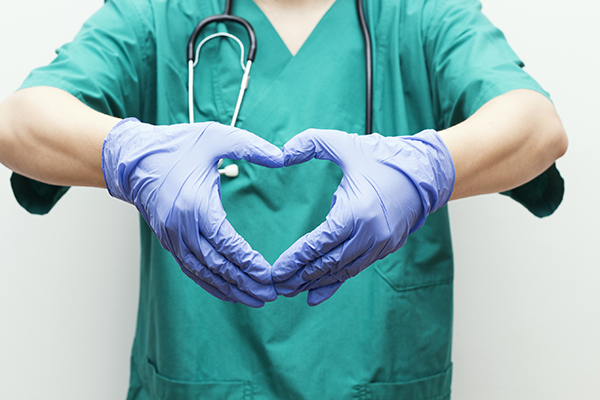

Following heart surgery, a complex web of transitional care needs develops, from nutritional changes to incision care, managing pain, swelling reduction, and more. The last thing a person wants after coming back home after such a traumatic event is to face the need for rehospitalization. Will you know what to do after heart surgery if the need arises?
To help ensure your senior loved one recovers completely and as quickly as possible after heart surgery, read through the following recommendations for effective transitional recovery:
Caring for the Incision
Details on how to care for the incision will be supplied before being discharged from the hospital. Issues to be aware of include:
- Occasionally, a lump or swelling appears at the top of the chest incision, and can take several months to go away altogether.
- Always keep the incision clean and dry. The incision can be gently washed (don’t rub) with soap. Do not use lotions or creams on incisions until healing is complete.
- If the incision is healing and dry, brief showers (no more than ten minutes) are typically allowed. If there are sutures in the chest, stand with back to the shower spray.
- If showers are not accessible, quick baths (limited to 10 minutes) may be taken.
- Avoid extreme cold or hot water temperatures, as they can cause faintness.
Managing Pain
At first, there may be some muscle or incision discomfort in the chest area during physical activity, but there should not be pain in the chest similar to the pain before surgery.
- A prescription for a pain medicine will be given prior to leaving the hospital.
- Itching, tightness and/or numbness along the incision are common after surgery.
- Walking, daily activities, and time will help to reduce leg discomfort and stiffness.
- If the surgery was bypass surgery, and if vein grafts from the legs were used, there may be more pain in the legs than around the chest incision.
Swelling
It is possible to go back home with some level of swelling in the legs and feet, especially if vein grafts were taken from the legs. If swelling is noted:
- Lift feet higher than heart level when resting. Try to do this three times a day for one hour to decrease swelling. (Note: recliners do not sufficiently elevate feet.)
- Hospital support hose may be advised.
- Do not cross legs while lying in bed or sitting. This places pressure on the veins underneath the knees and slows down blood flow.
- Walk daily even if legs are swollen.
The recovery and transitional care time period can be a daunting time and you may be tempted to call the doctor over each and every discomfort or symptom. Below are the symptoms that warrant a call to the doctor right away:
- Unusual pain or other symptoms not alleviated by medications.
- If the sternum feels like it moves, or it pops or cracks with movement.
- Significant oozing, redness, swelling or tenderness at the incision sites.
- Increased fatigue or shortness of breath.
- Temperature above 101 degrees F on more than one occasion or chills for 24 hours.
The professional home care team at CareFor can help significantly in keeping an older adult on the road to recovery after heart surgery by providing personal care services, helping with light housework and preparing heart-healthy meals, running errands, picking up medications, and so much more. Contact us at (512) 338-4533 to learn more about how we can help with customized home care services in Waco, San Antonio, Austin, and the surrounding areas.
